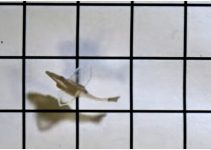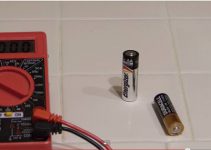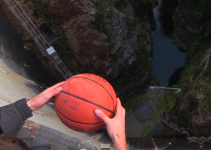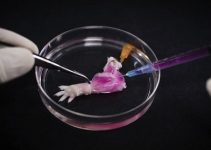Science is cool! There are simply too many things you can do, so many science experiments to try. Science is not limited to school kids but can be quite interesting even for adults.
The folks over at Diply have created this awesome video featuring three cool science experiments you can try at home. Yes! Science is everywhere – and you can learn and have fun even while you are at home.
Magic Milk
Dubbed as “Magic Milk”, the experiment makes use of milk, some food coloring, and dish soap. It is so simple to create yet the effect is so lovely.
Pour some milk on a plate, then, add some coloring. For best effects, make sure to pick several colors but don’t mix these.
Using a stick, take a drop of dish soap and place it at the middle of the plate, in between the colored milk. Watch the lovely reaction. You create “fireworks” of this colored milk by dipping the stick into the individual colored sections.
Candle Vacuum
Place a lighted candle in the middle of a plate half filled with water. As soon as you get a steady light, invert a glass on top of the candle.
This experiment will show you how a vacuum is created. In this particular situation, the candle uses up the oxygen inside the inverted glass. With the oxygen gone, water rushes in to compensate for the loss in volume – because the gas volume had decreased though we did not get to see the molecules move.
Rubbery Eggs
Eggs have very fragile shells. So, they easily break upon impact over a hard object. But the folks at Diply can show us how to create rubbery eggs that could easily bounce on the table!
All you have to do is completely soak the eggs in vinegar for at least three to four days. Then, simply remove the dissolved egg shells to reveal the bouncy, squishy ball.
Awesome, isn’t it?
Watch all three experiments here:




